“The ugly duckling is a misunderstood universal myth. It’s not about turning into a blonde Barbie doll or becoming what you dream of being; it’s about self-revelation, becoming who you are.” ~ Baz Luhrmann
Much like Jack London’s story of White Fang, The Ugly Duckling by Hans Christian Anderson is a modern fairytale that explores the transformation of a swan mistaken for a duckling from birth to adulthood. It explores themes on misapprehensions over who we really are and what our true nature really is.

Many interpretations may focus on the identification with a specific family or crowd and the discovery of our true people when we come of age, or even go a step further and draw parallels with the salmon swimming against the current its whole life in order to return home.
But, like White Fang, The Ugly Duckling doesn’t appear to be simply about discovering our true selves. It represents the whole misunderstanding of our full potentials and divine nature.
We believe we are mortal when in fact we are one with the Divine; expressions of pure love who have become lost on the journey and mistaken ourselves as inferior imposters, and those who don’t deserve any form of love… adoptive or otherwise.
The Egg Hatches
From birth, like the ‘duckling’, we must completely start over. Stripped of all ‘conscious’ memories of where we came from, what we are here to do and the whole meaning of creation and expansion we feel entirely alone.
And not only that, but on arrival in our new shells; the body and self we have chosen to breathe life into reveals itself to be less than perfect. In fact, we perceive it as ugly; there’s something not quite right about our presence, we don’t fit in.
We don’t follow the crowd and are not a carbon copy of all the others. Ironically we all seem to experience this, yet many fool themselves into thinking they are some sort of homogeneous number to add to the population.
So we may have been shown love and affection by one or two people like the adoptive mother duck who will stop at nothing to protect us, but the truth is that even she is living in her own karmic traps and must put herself before all others. Ultimately, we long to rejoin, or rediscover the higher love where we truly belong.

The connection has been severed; we are cut off from all truth and are cast out into the cold river with no idea of the impermanence of our situation. We become engulfed in loneliness and put up with being shunned, repeatedly forsaking our integrity.
Our innocence has been lost; we become self aware and self conscious, and our authenticity breaks down. We follow the flock and pretend to fit in.
The Signet Denies it’s True Nature
Once the connection has been severed and the signet accepts its inferiority as truth, the denial of its true nature becomes habitual. It finds peace in its own destruction and the acceptance of the illusion it has created around it. For years it wanders, lost and engulfed in a deep suffering, consumed by its own ego and its own misery. Still it tries to fit in and becomes more desperate with each attempt.
The Transformation Begins
Despite experiencing flickers of doubt in relation to its true nature, as the signet grows becomes more and more consumed in misery. Hopelessness at the various shunned attempts to fit in and make a connection (despite a fair few adventures along the way, after all pretending to be someone you’re not can have an element of fun attached to it), the signet falls into a pit of despair and resigns itself to being numb.
It gives up and makes no more connections, instead living a life of solitude; the inferior’s fate. It hides in the reeds and resists eye contact, sneaks around and generally acts like the runt waiting to die.

Suddenly, one day – when the last ache for life seems to have finally left its body and the last feather of fluffy grey down has fallen, the signet hears a sound. Lifting its head, it sees a beautiful creature unlike nothing it has ever seen before; long neck, white feather, the epitome of grace.
Swimming closer it not only sees the birds close up, but catches a glimpse of its own reflection, one ignored for so long it had forgotten it had one, only to discover that it looks exactly the same as those before it.
As they begin to fly into the sky, the signet – now a swan – spreads its wings and joins them, the knowledge that it was beautiful all along comes flooding back, and it is able to be at peace with itself once and for all.
The moral of this story, despite all the obvious ones, must surely be – not only to remember that we are pure love and will rejoin our higher selves one day – but to enjoy our ‘ugliness’. Spirituality helps us to be rest assured that one day our suffering may all be over and so to feel every last drop of suffering to the max. Drink up life in its imperfection, because that too is as vital as the bliss. Prayer and presence helps us to transcend the illusion of ‘time’ and connect with that impermanence.
Our ‘flock’ is not a specific group of people or scrap of land but the universe and creation in its entirety. Nor is the swan ‘higher’ or ‘lower’ than the ducks, but the same expression of the Divine looking back at itself. Above all else, this profound little tale seems to be telling us, that it is the path of most suffering; of ugliness, solitude and inferiority that paves the way to enlightenment. The deeper the wave, the higher the peak.
Image Source



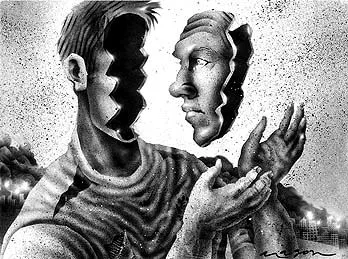





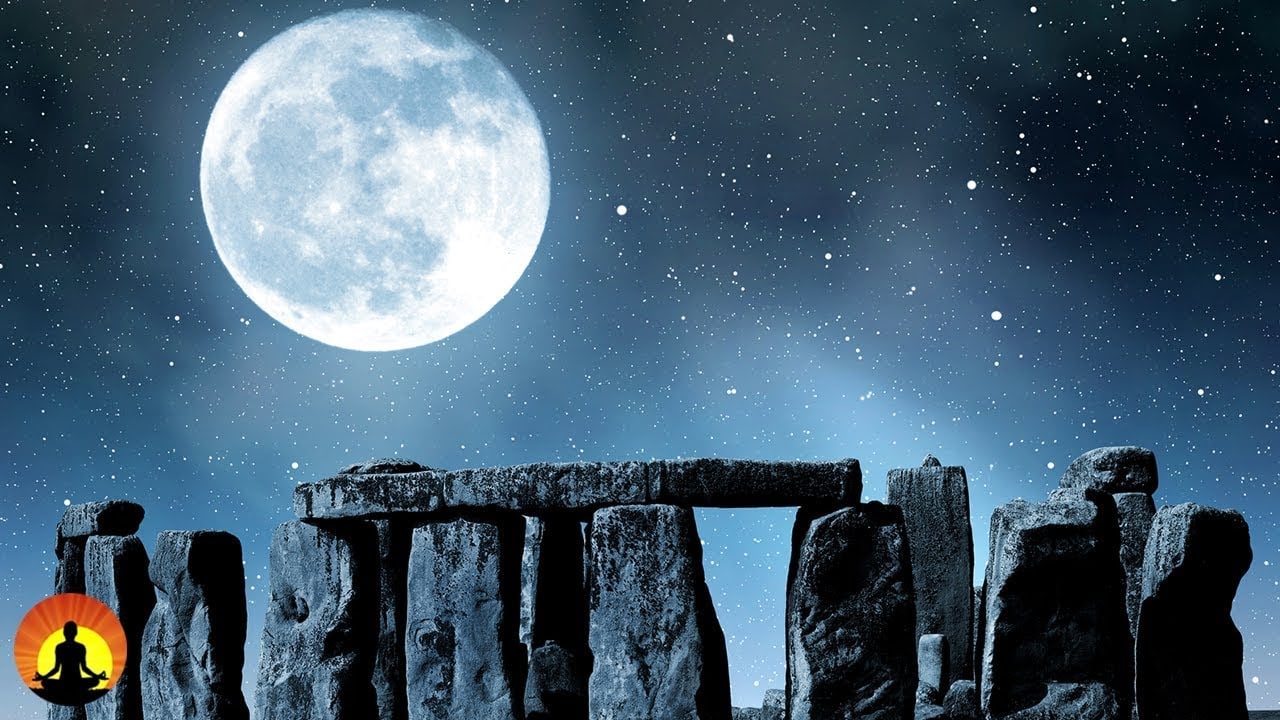
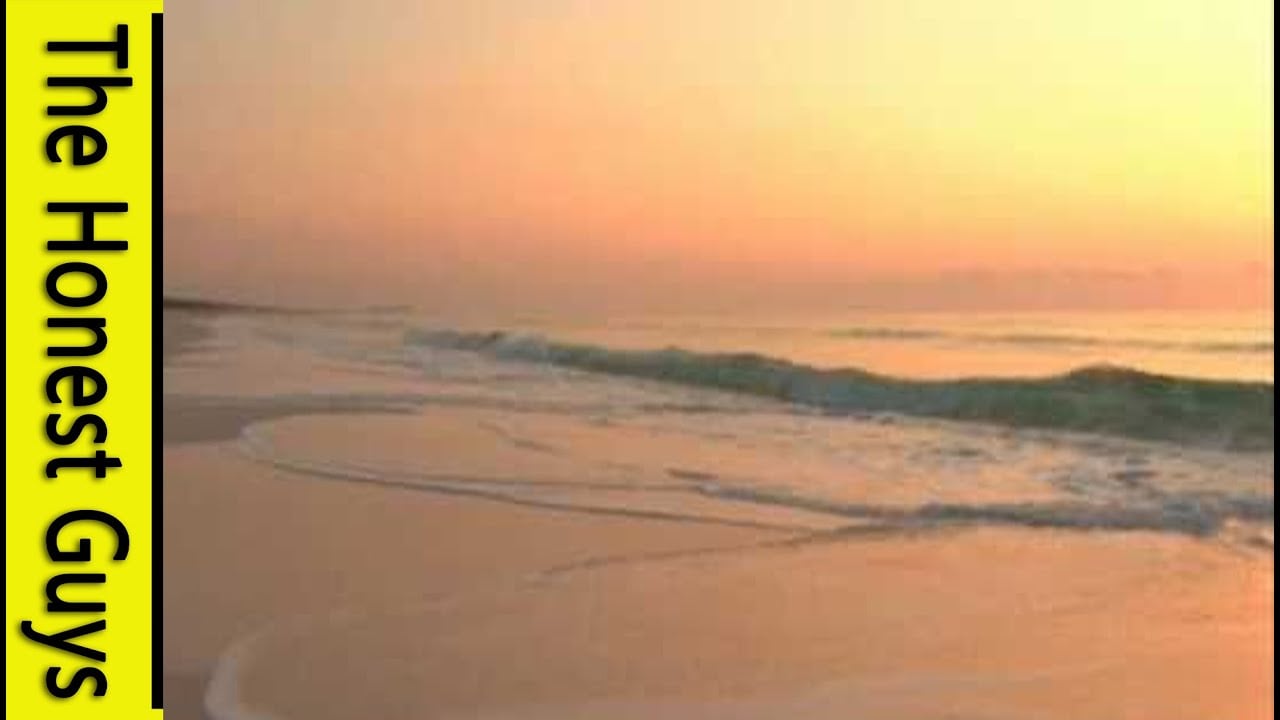
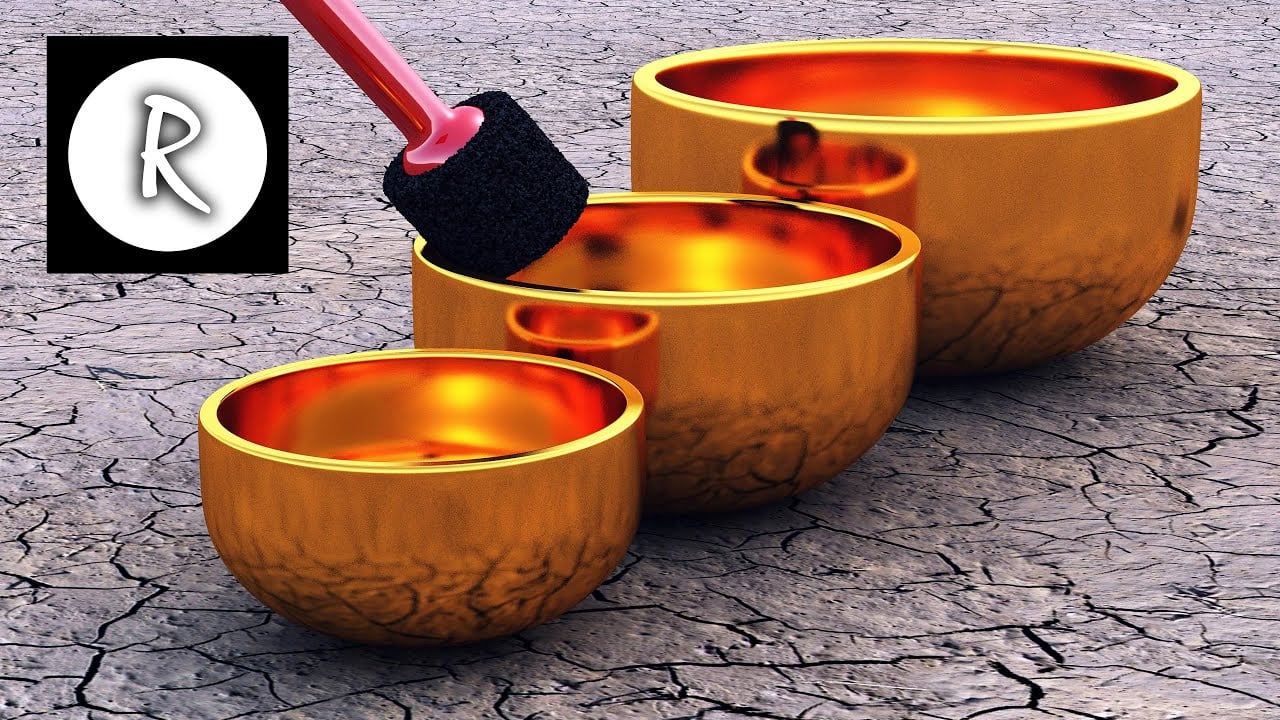

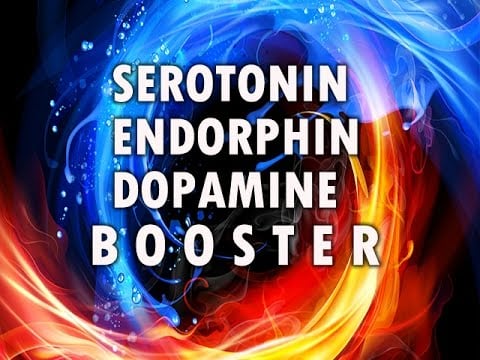
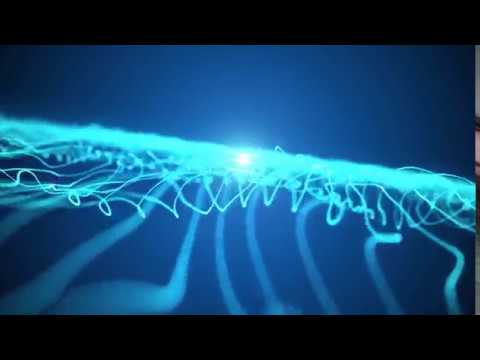
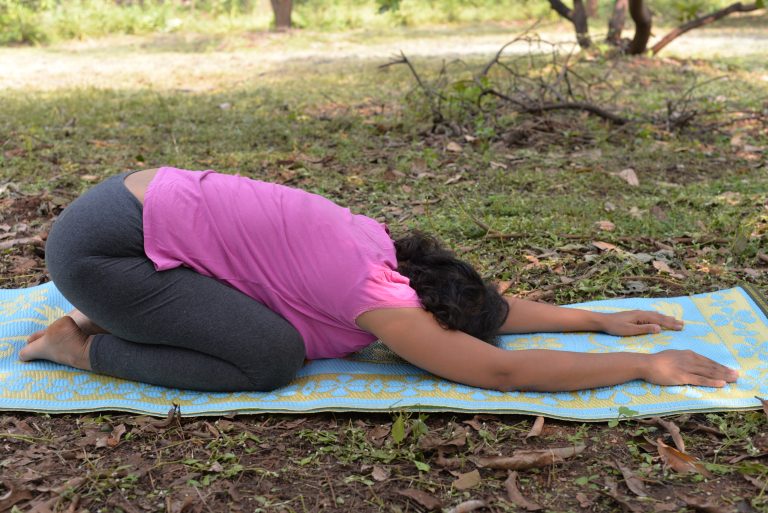








 Avoid the Details
Avoid the Details


